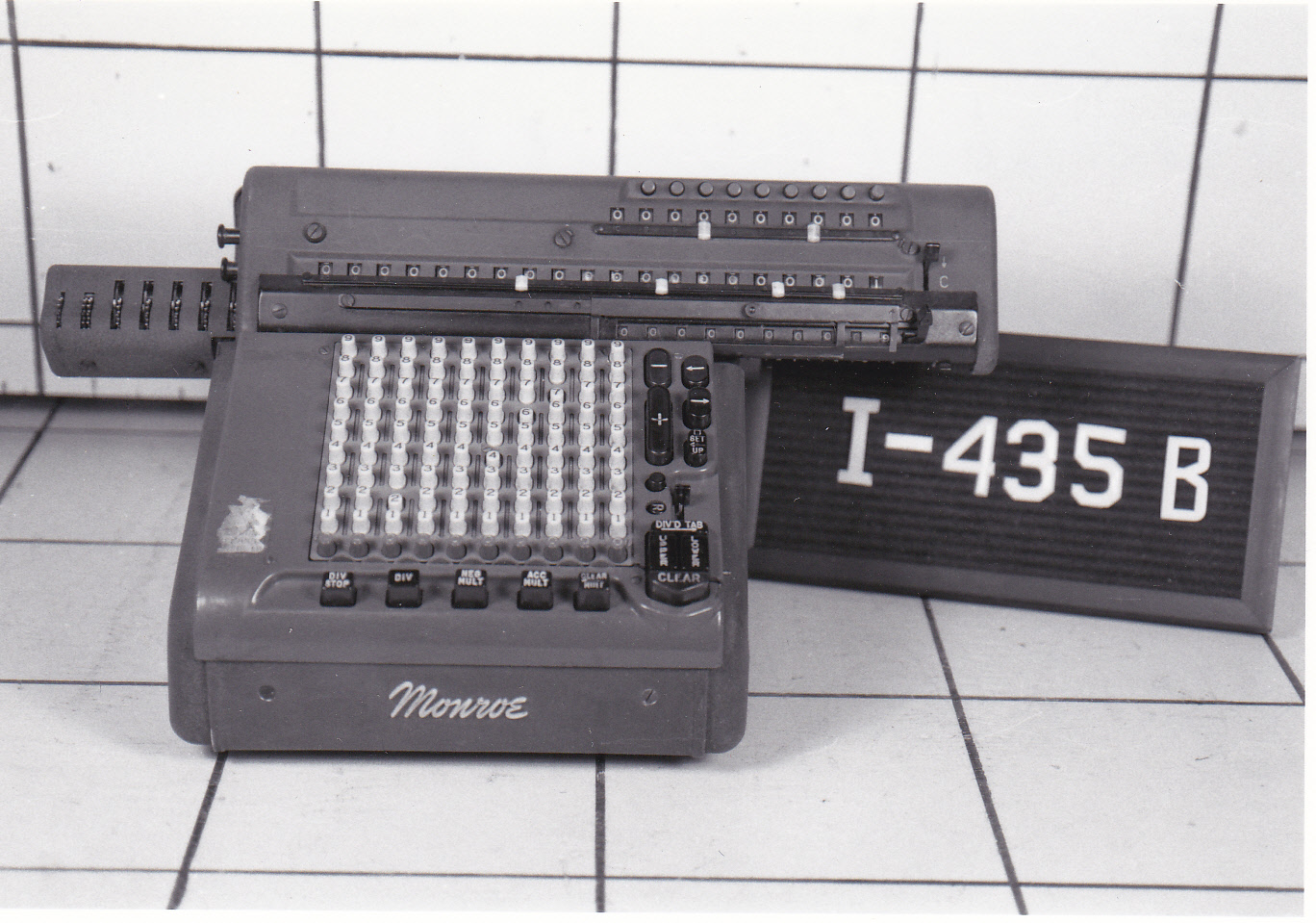Some of the first known calculation systems were developed by Sumerians and Egyptians around 3rd millennium B.C. One of the tools that they created to help with the calculation of large numbers was called the abacus. An abacus uses small beads placed on rods inside a rectangular frame. The beads are moved into different positions to represent numbers and have been used for centuries to preform mathematical calculations. In the 17th century, the slide rule was invented. Slide rules usually look somewhat similar to a ruler but include separate sections that will slide back and forth next to one another. Each section of the slide rule is carefully labeled with numeric scales that allow the users to perform a variety of calculations. Many other devices were developed to help with the calculation of large numbers but, it wasn’t until the 1885 that the now standard push-button style of calculator was introduced. Early push button “mechanical” calculators used a complicated system of gears and levers to operate the machine and print out the results. By the 1970’s mechanical calculators were replaced by electronic calculators, which evolved into the small pocket calculators we know and use today.
This object is an example of an electromechanical calculator, and was manufactured by the Monroe Calculator Company. The Monroe Calculator Company, founded in 1912, was a leading maker of adding machines and calculators. The company is now called Monroe Systems for Businesses and sells a variety of office products. Electromechanical calculators, which used electricity to operate the internal gears that generated the calculations, were phased out by fully electronic calculators in the 1970’s. With the wide-spread introduction of personal computers in the 1980’s, offices abandoned their electromechanical devices. Today, more electromechanical calculators can be seen in museums than in offices in the United States.
Calculators have played a large role in the lives of many, but calculators have particularly strong ties to Texas. Texas Instruments is located in Dallas, Texas and is the most widely used brands of calculators in education.
